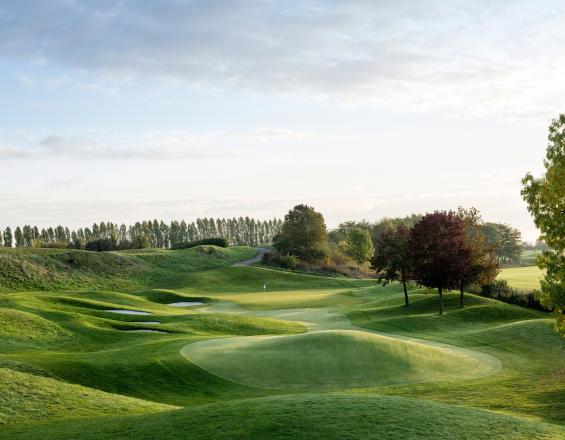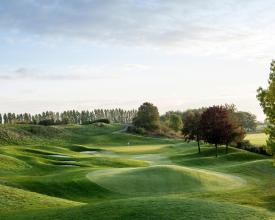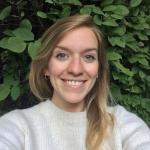
Promoting habitat diversity at Le Golf National

Sustainability and conservation are important goals at Le Golf National in France, host of the annual French Open and the 2018 Ryder Cup, and scheduled to host the 2022 World Amateur Team Championships and the 2024 Paris Olympic golf events. Located just outside of Paris at the confluence of natural, industrial and urban land uses, the 139-hectare course extends an existing large habitat patch and provides diverse, high-quality habitat in addition to the three courses on-site. The original construction of the course in early 1990 converted former intensive agricultural land with little biodiversity value into a premier sports facility capable of supporting a range of species. The French Golf Federation and the Natural History Museum collaborate to conduct biodiversity surveys at the course and identify indicators of ecological quality. The conservation initiatives at Le Golf National help to conserve a range of species while providing a special and unique venue for golfers and spectators to enjoy.
Impacts
The biodiversity monitoring programme established by the Natural History Museum at Le Golf National has identified more than 350 species during surveys, including 13 rare species. The course supports high biodiversity with high habitat diversity: 10 different EUNIS-classified habitats are present on the site, including three rare habitats. In addition, connectivity among habitats has been maintained by careful siting of corridors and habitat patches throughout the courses to allow for wildlife movement. Several special resources are provided in the course as well, including amphibian hibernacula (winter shelters), dead trees for cavity-nesting birds and piles of large rocks extracted during course development which serve as habitat for lichens and which may also support nearby bats. A mix of traditional Agrostis and native Poa grasses are used for putting greens, with additional native grasses included in un-mowed rough areas. Management practices such as reduced chemical inputs and maintenance of unmowed buffer areas around water features and habitat patches support and compound other biodiversity efforts.





